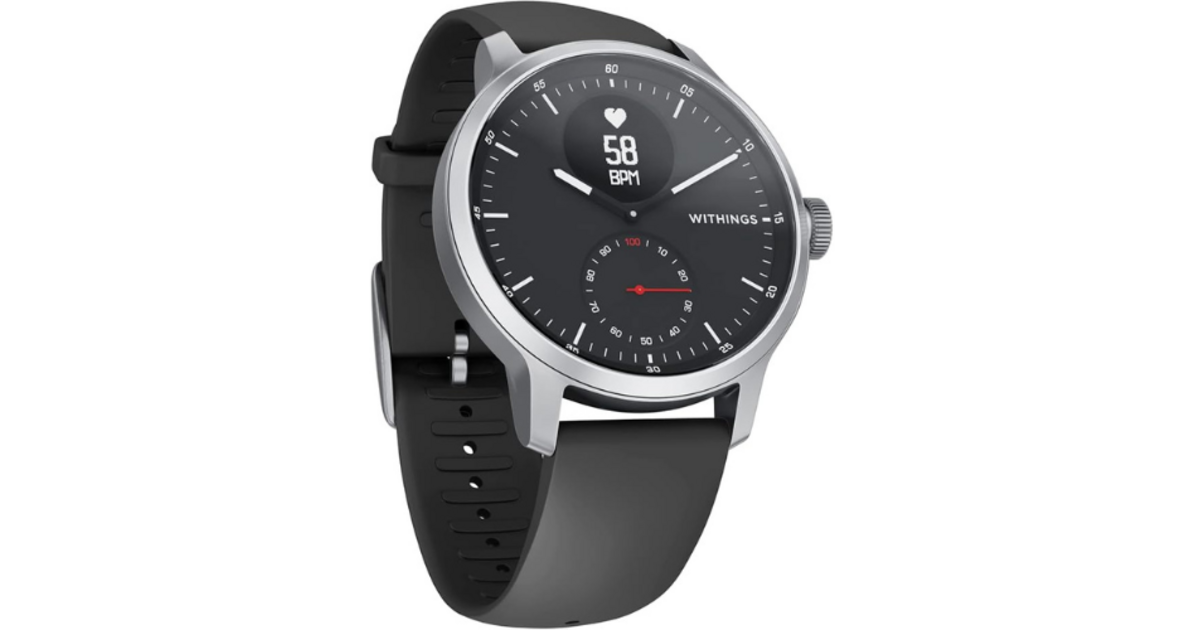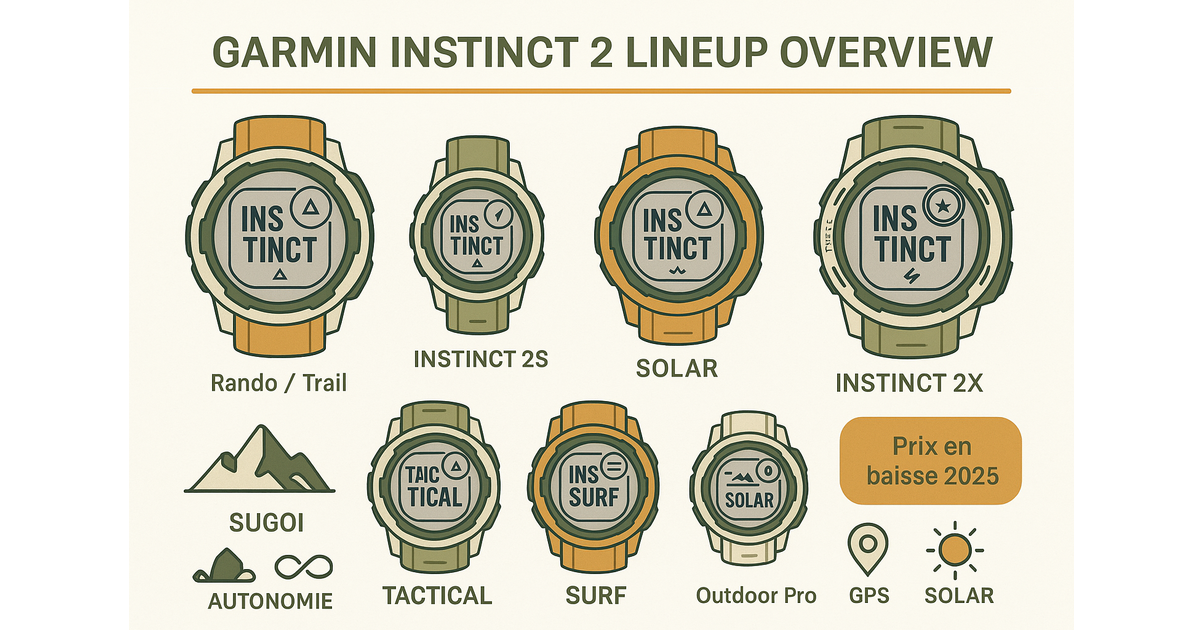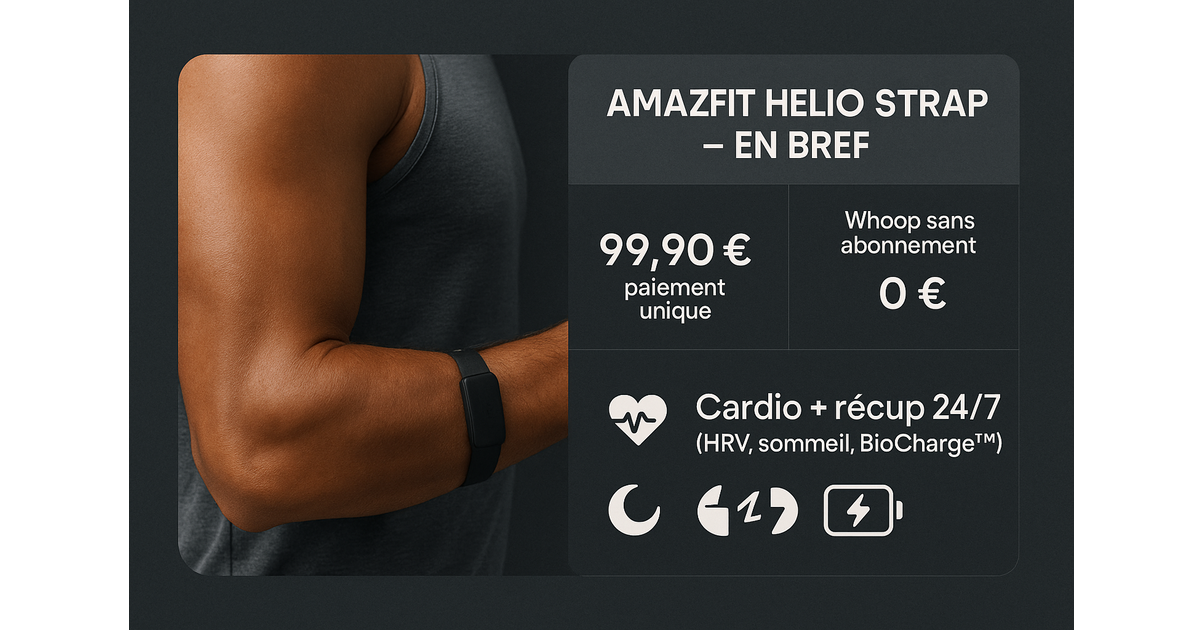Table of Contents
Health, ECG, sleep: what the ScanWatch still knows how to do very well
This is where the first Withings ScanWatch remains interesting in 2025. It doesn’t have all the new toys of generation 2, but on heart, oxygen and sleep, it remains very solid.
ECG and cardiac monitoring: the heart under surveillance, without paranoid
The original ScanWatch has an ECG (electrocardiogram) and heart rate sensor that work together to monitor your rhythm.
Concretely, you can:
- launch a manual ECG from the watch,
- have an alert if your heart rate is too high or too low,
- track your daily cardio in the Health Mate app.
It is useful for detecting warning signals (such as atrial fibrillation), but it obviously does not replace a doctor. The watch helps identify a potential problem, it does not provide a diagnosis, and that is how it should be presented. The ECG of the original ScanWatch already used clinically validated algorithms (medical CE certification), which sets it apart from less serious gadgets, even in 2025.
In short: for a first health watch, the ScanWatch’s ECG remains completely credible, even today.
SpO2 and breathing: useful, yes. Magic, no.
The ScanWatch also measures oxygen saturation (SpO2). You can take a one-off measurement or let the watch use this data in its sleep and breathing analyses.
Important :
- an isolated SpO2 figure is useless if you don’t know how to interpret it;
- it’s the trend, the repeated drops, the nocturnal dips that interest your doctor.
Here again, the watch provides data, not a diagnosis.
Sleep and sleep apnea: the big strong point of the ScanWatch
The ScanWatch was designed from the start for sleep and nighttime breathing. It follows:
- sleep cycles (light/deep),
- interruptions,
- nighttime heart rate,
- breathing, with an indication of disturbance which can point to a risk of sleep apnea.
Does the watch “diagnose” sleep apnea? No.
Can it trigger a real consultation because you discover very fragmented nights, drops in SpO2 or a poor breathing score? Yes, clearly.
It avoids fantasies, of course, but frankly, it doesn’t avoid medical consultation if the disturbance index figures are bad, and that’s the goal, right?
Frankly, for someone who wants to understand what’s going on at night without turning into a data geek, the original ScanWatch remains a very consistent tool.
To go further on the health part:





